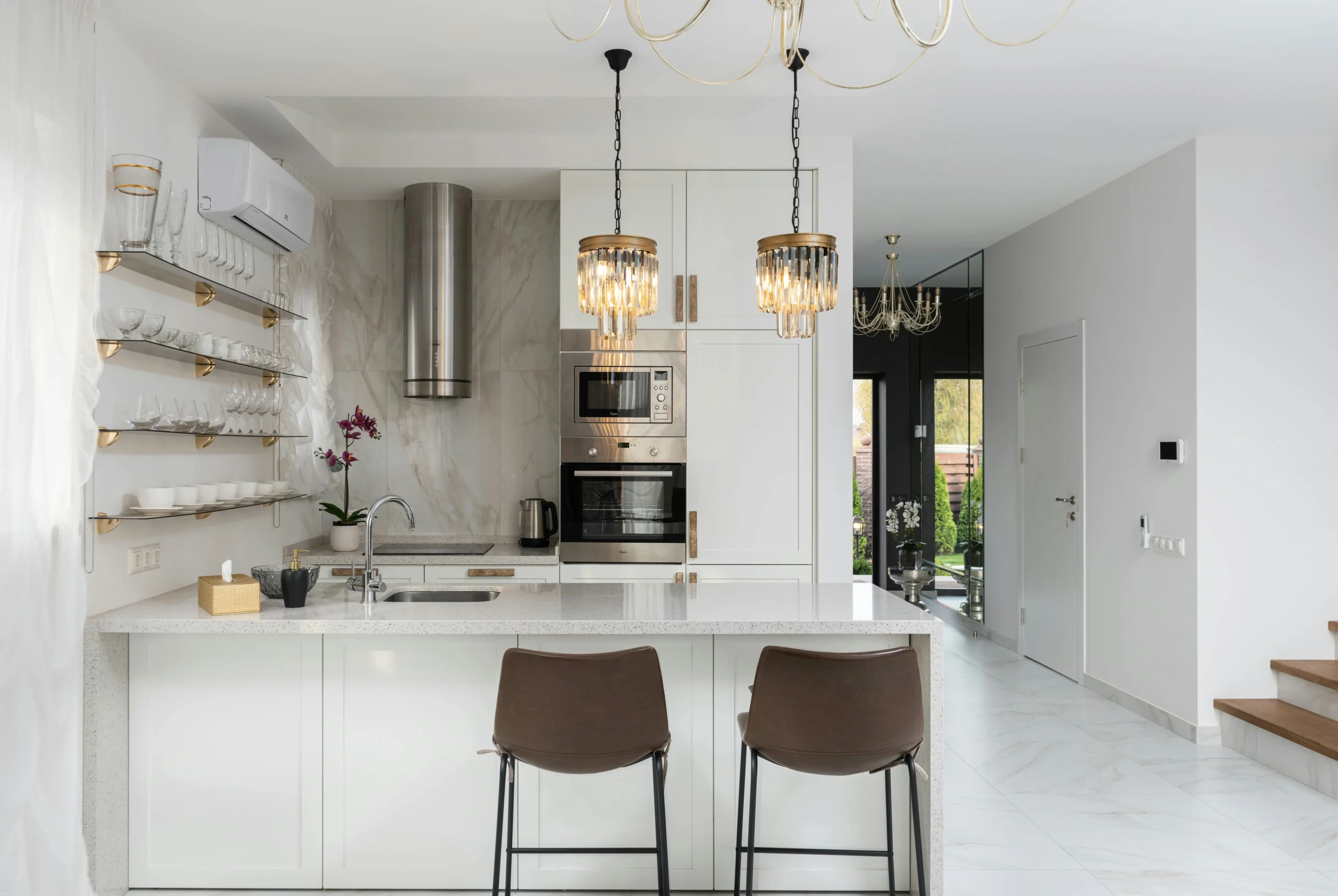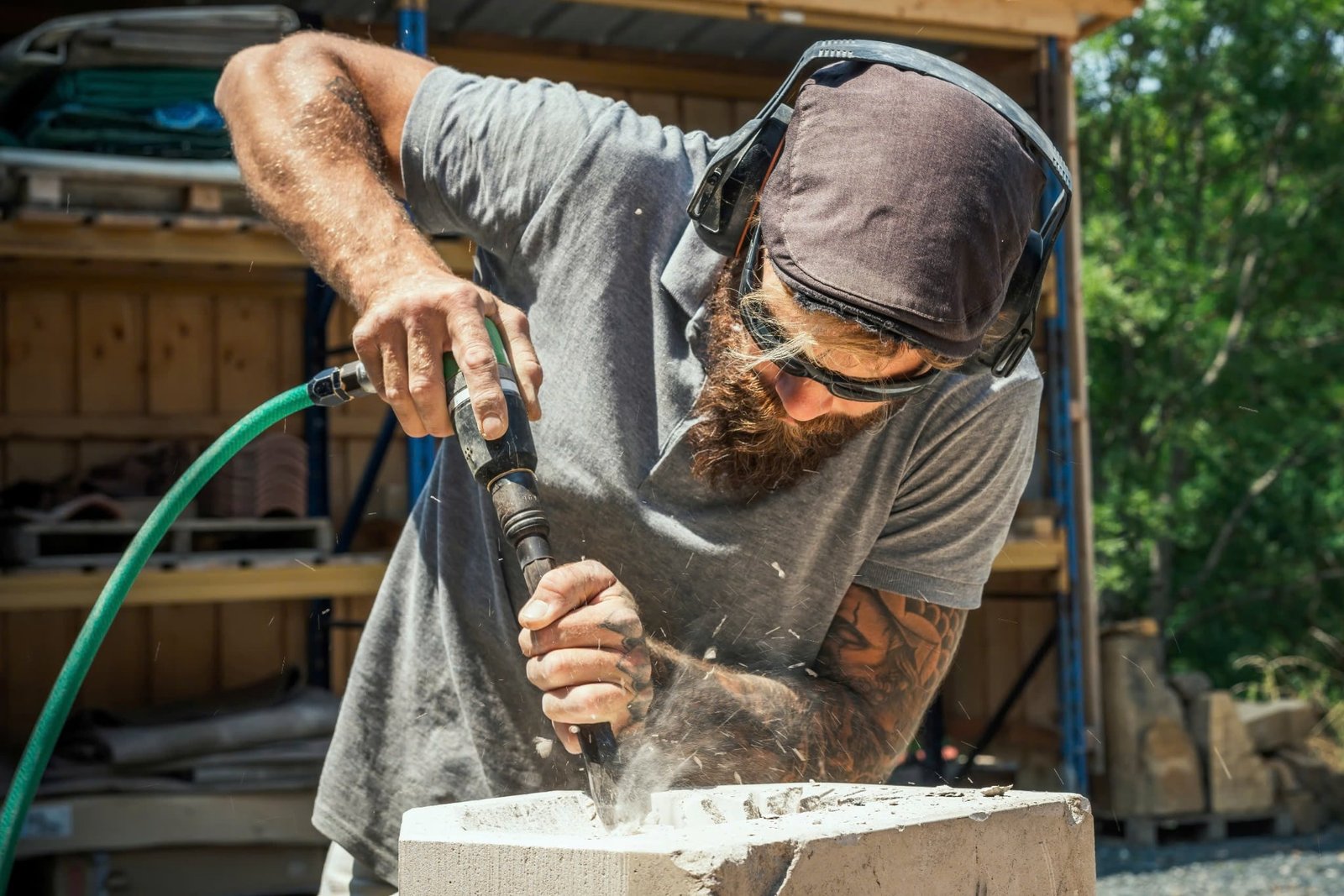
the success of your renovation depends not just on selecting quality materials like granite or quartz but also on ensuring a flawless countertop installation.
Upgrading your kitchen or bathroom with new countertops can completely transform the look and feel of your home. However, the success of your renovation depends not just on selecting quality materials like granite or quartz but also on ensuring a flawless countertop installation.
Unfortunately, homeowners and even contractors often make mistakes during the installation process that lead to costly repairs, aesthetic issues, or the need for a complete countertop replacement. The good news? These common errors are entirely preventable.
In this guide, we’ll explore the most frequent countertop installation mistakes and how to prevent them, whether you’re planning a DIY job or working with professionals.
Also, discover how modern tools are changing the industry in this must-read post on Countertop installation

Why Countertop Installation Is More Than Just a Surface Upgrade
Countertops are one of the most used elements in a kitchen or bathroom. They must be both beautiful and durable. A poorly executed installation can lead to:
- Uneven surfaces and poor functionality
- Visible seams or cracks
- Water damage and mold growth
- Early need for countertop repair or replacement
- Increased countertop installation cost
That’s why it’s essential to understand what can go wrong—and how to avoid it.
1. Accurate Measurements: The Foundation of Success
One of the most frequent mistakes in any kitchen countertop installation is incorrect measurement. This affects sink placement, cabinetry fit, appliance space, and ultimately, the entire layout.
✅ Prevention Tips:
- Always use digital laser measurement tools for high accuracy.
- Don’t rely on old blueprints remeasure everything.
- Hire professionals for templating, especially for curved or custom spaces.
2. Ensuring Cabinets Are Level and Secure
Granite and quartz countertops are heavy. If your base cabinets aren’t level or sturdy enough, they won’t be able to support the slab’s weight properly.
✅ Prevention Tips:
- Use a long spirit level to check your cabinets from end to end.
- Reinforce any weak or wobbly sections before installation.
- Shim uneven bases instead of forcing the countertop into place.
3. Selecting the Right Material for Your Needs
While granite and quartz are top choices, they aren’t one-size-fits-all. Granite is heat-resistant but porous; quartz is stain-resistant but can discolor with UV exposure.
✅ Prevention Tips:
- Understand each material’s pros and cons.
- Consider how you use your kitchen busy cooks may benefit from low-maintenance quartz countertop installation.
- Visit showrooms to compare materials in person.
4. Seam Placement and Pattern Matching
Poor seam placement can ruin the appearance of your countertop. It’s especially critical in granite countertop installation, where natural veining may not align.
✅ Prevention Tips:
- Work with skilled fabricators who understand veining and pattern continuity.
- Place seams in low-visibility areas, like near sinks or corners.
- Use color-matched epoxy to minimize visual disruption.
5. Supporting Overhangs Properly
In modern kitchens, overhangs on islands or breakfast bars are common. However, if unsupported, these areas can crack over time especially in quartz or granite countertops installed with no brackets.
✅ Prevention Tips:
- Any overhang beyond 10–12 inches needs steel brackets or corbels.
- Use hidden supports to maintain aesthetics.
- Discuss structural reinforcements during the planning stage.
6. Handling Cutouts and Edges with Care
Cutouts for sinks, cooktops, and faucets are common failure points. Rough edges or poor cuts can cause chips or stress fractures.
✅ Prevention Tips:
- Ensure cutouts are made in a controlled fabrication shop not on-site.
- Use diamond-blade tools designed for your specific countertop material.
- Avoid sharp 90-degree inside corners, which are prone to cracking.
7. Underestimating Countertop Installation Cost
It’s easy to assume the slab cost is the only expense but installation, fabrication, delivery, and removal of old surfaces all add up quickly.
✅ Prevention Tips:
- Get a detailed, itemized estimate from your contractor.
- Don’t forget to include plumbing reconnections and potential cabinet modifications.
- Budget for unexpected changes, especially during kitchen countertop fitting.
8. Choosing Inexperienced Installers
Even the best materials can’t compensate for poor workmanship. Many DIY enthusiasts attempt to install stone countertops themselves, but heavy lifting, precision cutting, and sealing are best left to the pros.
✅ Prevention Tips:
- Search “countertop installation near me” and read reviews.
- Ask about previous experience with granite or quartz.
- Look for certifications or partnerships with major stone suppliers.
9. Neglecting to Seal Natural Stone
Granite and other natural stones are porous and need sealing to resist stains and water damage. Many installers skip this step to save time.
✅ Prevention Tips:
- Always seal granite upon installation and reseal every 12–18 months.
- Use penetrating sealants for long-term protection.
- For lower-maintenance options, consider quartz, which doesn’t require sealing.
10. Ignoring Resurfacing and Repair Options
If your existing countertop is still structurally sound, you may not need a full countertop replacement. Countertop resurfacing or targeted countertop repair can save money and extend the lifespan of your current surface.
✅ When to Resurface or Repair:
- Chips or scratches are localized.
- Discoloration can be sanded or refinished.
- You’re updating the look without major layout changes.
Post-Installation Maintenance Tips
Even after a successful installation, proper care will ensure your countertop stays beautiful for years to come.
Daily Care:
- Wipe spills immediately, especially acidic ones.
- Use cutting boards to avoid scratches.
- Avoid placing hot pots directly on the surface—use trivets.
Long-Term Care:
- Reseal granite every year.
- Clean with pH-neutral, non-abrasive cleaners.
- Inspect seams and joints regularly to catch early signs of separation.
Final Thoughts: Preventing Mistakes for a Flawless Finish
The key to a successful countertop installation lies in planning, precision, and professional execution. By understanding the most common errors such as improper measurement, lack of support, or choosing the wrong installer you can ensure your new countertop is both beautiful and built to last.
Whether you’re planning a new build, remodeling your kitchen, or just replacing worn-out surfaces, avoiding these mistakes will protect your investment and save you money over time.
And if you’re curious about how advanced tools and digital tech are shaping the industry, check out this essential guide on how modern innovations improve countertop-installation

